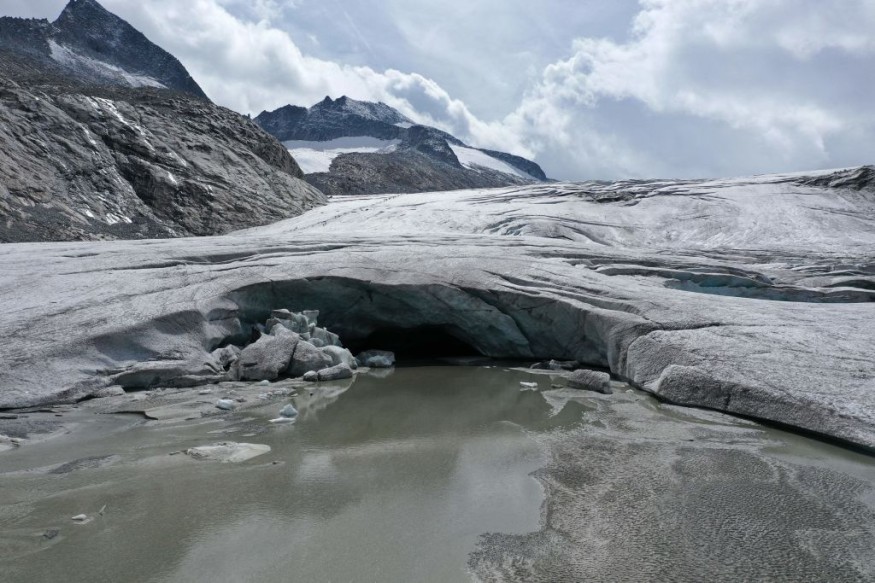
A recent study suggests that glaciers could be an effective volcano monitoring tool.
The study, which was published in the journal Geology, is the first to show how these enormous glaciers on volcanoes may be able to predict future instabilities that could foretell an impending eruption.
Volcano monitoring is costly, risky, and logistically difficult.
There are over 250 volcanoes covered in glaciers in the world, which makes monitoring more difficult.
But researchers have demonstrated how glaciers' ability to sense temperature can help understand how volcanoes behave.
Determining the altitudes
A team led by professors from the University of Aberdeen School of Geosciences researched 600 glaciers in South America and discovered that glaciers located on volcanoes are confined to higher altitudes, while those around the volcanoes reach lower altitudes.
This occurs because the increased temperature on or near a volcano causes more ice to melt, confining glaciers to higher elevations.
The temperature of a volcano generally rises prior to a period of unrest, and scientists can now detect which volcanoes have a greater temperature and may be more likely to erupt, and hence prioritize monitoring, by creating a relationship between volcanoes and glaciers sitting on them. It could even be utilized when other monitoring methods are unavailable.
"On-the-ground as well as remote sensing techniques play a crucial role in monitoring volcanoes, but there are challenges in monitoring the 16 per cent of Earth's volcanoes covered by glaciers which are often located in remote areas - not least because the glaciers themselves make access for monitoring difficult," said Professors Matteo Spagnolo, co-lead researcher of the study.
He further explained that volcanoes often increase in temperature five or more years before an eruption, among other indicators.
Read Also : Mount Etna Volcano Eruption Disrupts Flights Again, Covering Nearby Sicily Towns with Ash
Earth's Biggest Geological Hazards
Volcanoes send out scorching and deadly lava, rock, rock, and gas that is extremely damaging during eruptions.
The World Health Organization said the eruption's ash and chemicals can also contaminate food and water, as well as jeopardize fundamental utilities such as water, transportation, communications, and health care. Similarly, ash deposition on rooftops can cause damage or collapse of buildings both during and after the event.
Aside from endangering human lives, these disasters can also cause mudslides, floods, water contamination, wildfires, and power outages. Burns, respiratory illness, infectious disease, automobile accidents, and fall injuries are also post-eruption health problems.
When individuals heed volcanic eruption warnings, the risks of unfavorable health effects are considerably reduced.
"Volcanoes are one of the biggest geological hazards on Earth, with more than 500 people killed every year and at enormous financial cost which runs into billions of dollars," said Spagnolo.
The researchers believe that the new technique could be used as a complement to existing monitoring efforts, or it could be the preferred option in situations where other monitoring techniques are not feasible.
Professor Brice Rea said that by establishing a link between volcano temperature and glacier elevation, we can analyse glaciers to identify volcanoes which have a higher temperature and might erupt in the near future.
Thus the ones on which additional remote sensing and ground monitoring efforts could be directed and prioritized, Rea said.
Related Article: I
Related Article: celand Volcano Erupts Near Capital After A Strong Earthquake Struck
Related Video:
© 2025 NatureWorldNews.com All rights reserved. Do not reproduce without permission.





